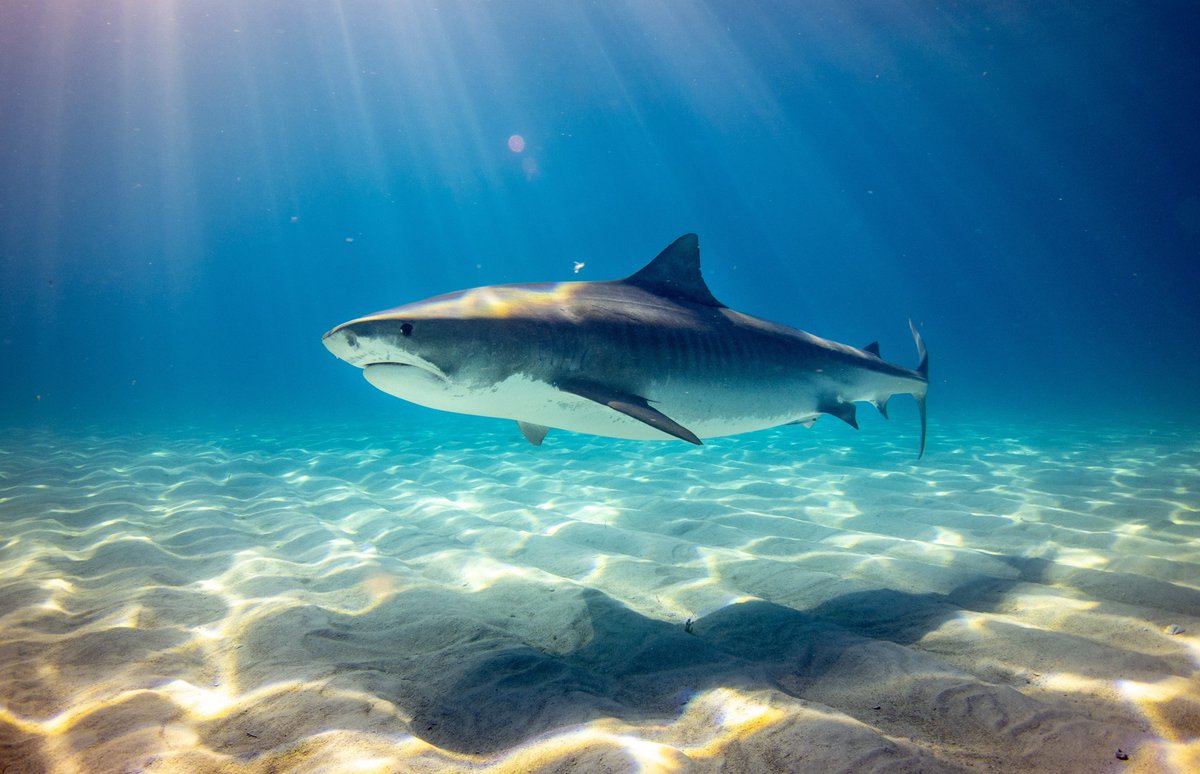
A flagship project for Taronga is the greater #bilby #conservation breeding program at Taronga Western Plains Zoo in #Dubbo, which is a collaboration with multiple partners, including the @NSWDPIE #SavingOurSpecies program. #ScienceWeek 

While the ultimate aim is securing the species in the wild, producing animals fit #ForTheWild and a sanctuary fit to house them in, constitutes a significant amount of the work towards achieving this goal.
To prepare for the #bilby release, introduced predators (#foxes) and herbivores (#rabbits) were detected, removed, and excluded from the 110ha fenced #sanctuary. Detection involved #cameratraps, track plates, and thermal cameras 

#predatorcontrol was crucial, as #bilbies, like many other native Australian mammals are naïve to introduced predators, and fall within the critical weight range (i.e. they are a perfectly sized meal for a #fox or #feralcat). 

From previous work, we know that fenced ‘safe havens’ are an effective strategy allowing #bilbies to establish and breed at #reintroduction sites, but only if it remains feral-predator-free. #FeralFree 

#conservationfencing is expensive but critical, and requires ongoing maintenance by dedicated staff to ensure they remain impervious to predator incursions and burrowing #bilby escapees! 

This work takes time and a lot of investment – both physical and financial. Taronga’s #bilby #sanctuary and #reintroduction work has been funded for 10 years through generous philanthropy.
Like all of Taronga’s work, #science underpins these #reintroduction programs, and they involve concerted efforts of many #science and #conservation partners on the ground. All preparing the way for our partners underground... #SavingOurSpecies
• • •
Missing some Tweet in this thread? You can try to
force a refresh












